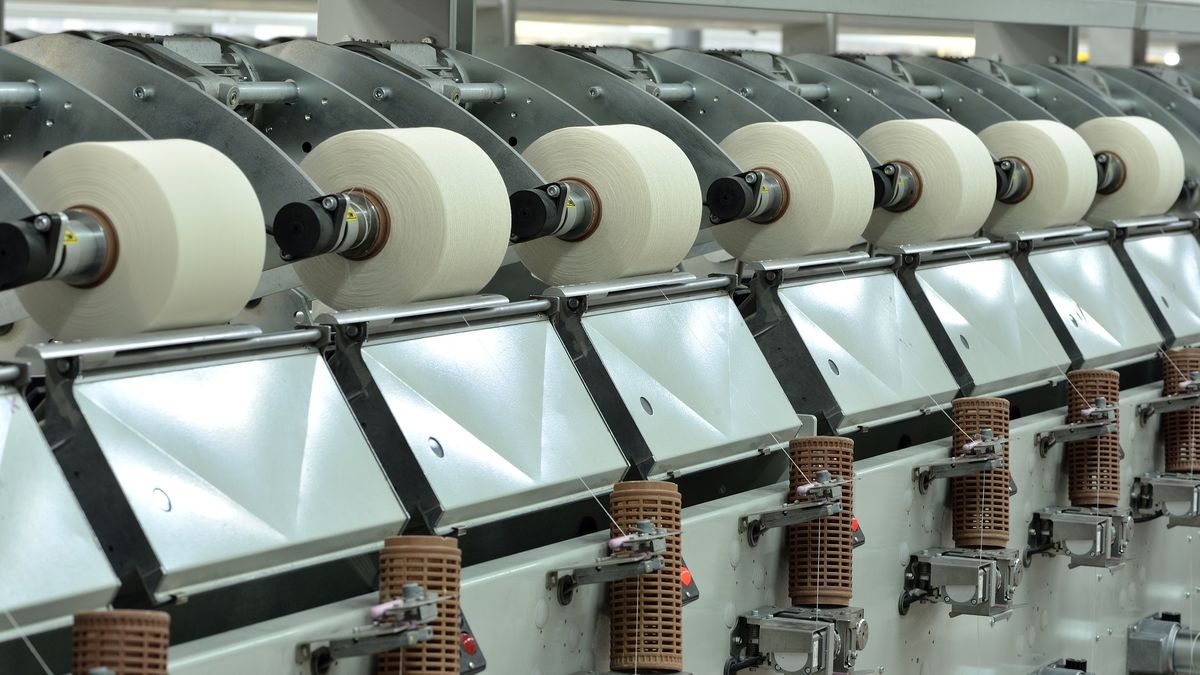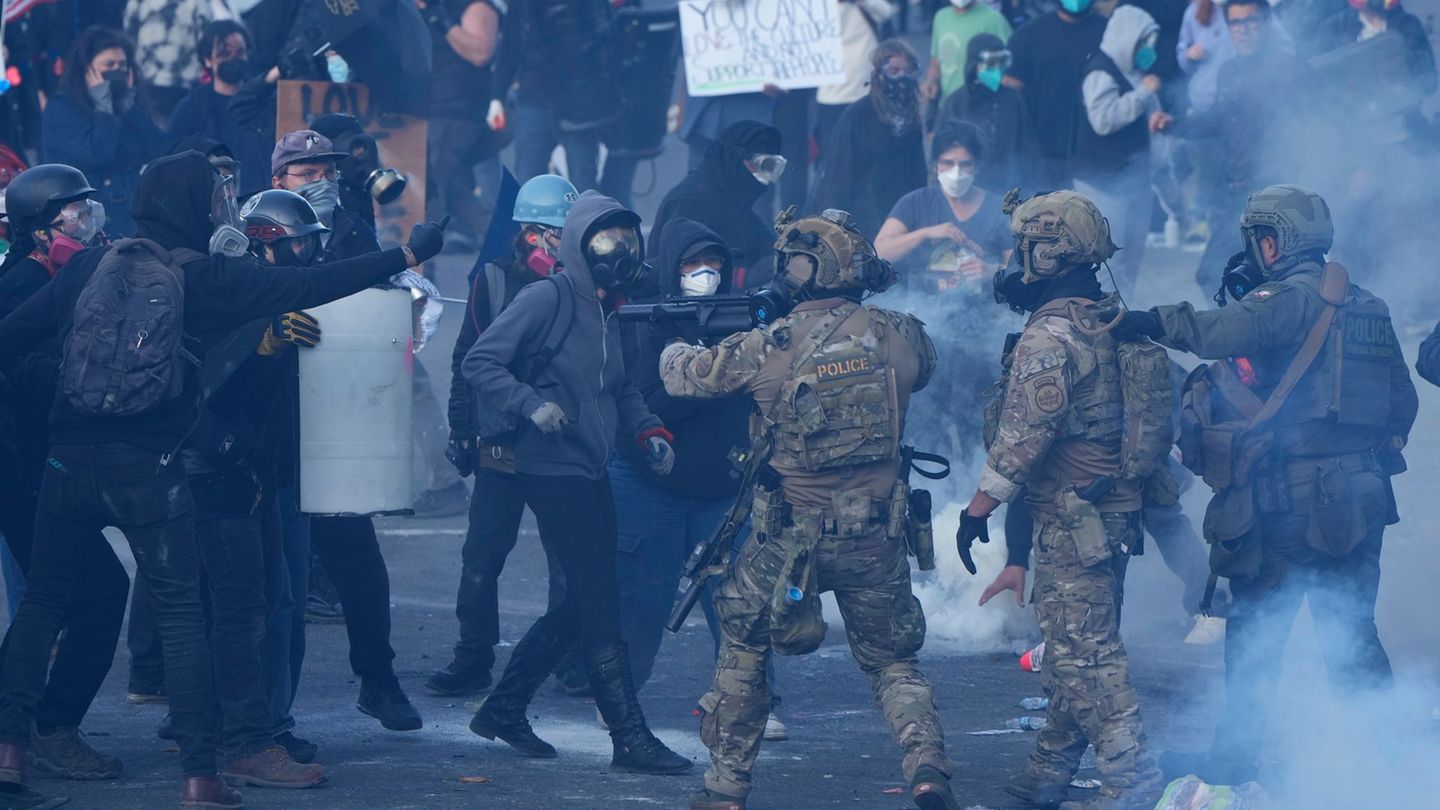In any case, the President assured that the problem is “structural”: he referred to a chain with multiple actors, where prices “end up increased in trade, and not so much in production.” Also, he defended the levels of production: “In the previous government they recommended that they make the clothes in Vietnam, in the campaign they toured the provinces and everything was closed, and now the textile production is impressive.”
investment promise
This Friday, the Pro Tejer Foundation inaugurated the “I Open Hilo” cycle to dialogue with journalists and sectors of the industrial chain about current events in the sector. The first meeting, in which Ámbito participated, was held hours after Alberto Fernández’s statements, so prices were one of the topics under discussion.
Although the businessmen explained the reasons for the increases, related to the rise in raw materials, the bottlenecks in production and the recomposition of margins, they also spoke of possible solutions. “To improve prices, the best way is to invest to increase supply. More supply means more technology, more productivity and more workers with better salaries”, said Luciano Galfione, the new president of Pro Tejer, who succeeded Yeal Kim.
Last year, the textile sector closed the year with investments of US$200 million in capital goods, making 2021 the best year since 2011. In this 2022, the first quarter ended at US$60 million , so they expect to close the year at almost US$250 million and thus close in “two years of historical record” of investments.
The businessman stressed that one of the motivations for the investments has to do with subsidized interest rates, but also because there is demand. “No one invests if there is no market, today there are investment opportunities and that is what we are doing. Four years ago we were dead, I had the plant at 20% of its capacity”, he highlighted. In any case, he assured that these types of measures take time from when an investment is launched until a new machine arrives and is put into operation.
During that “transition”, he assured that a problem that is structural should be solved, and that is what economic policy will transcend beyond the government of the day: “It is important to have industry, we forget that in the pandemic no textile input was missing, such as chinstraps or camisoles. But it is difficult to project if we plebiscite the sector all the time and change the country model that we want”Galfione opined. Between 2015 and 2020, he detailed that 1,200 productive establishments in textiles and clothing were closed. “We have to recompose the productive framework,” he said.
The owner of Pro Tejer explained that 50% of the clothing sold in the market is imported. But he stressed: “We will never be able to have the prices of Bangladesh, because the forms of work are different, this is a middle-income country, we defend a registered sector with a social license.”
For this reason, from the sector they assured that one of the ways they will seek to differentiate themselves to increase exports will be through market niches: “To be able to export, we need industry for several years, with a solid internal market. We are going to go for differentiated products, taking advantage of the hemp industry after the sanction of the cannabis law, and through the use of biotechnology to advance with smart textiles”, explained Galfione.
According to experts in industrial development, other solutions to stabilize prices have to do with the first stages of the value chain: “We should begin to discuss a little that there is an increase in clothing prices due to a higher profit margin in the primary sector. Two thirds of the hectares planted with cotton in Argentina correspond to the 10 largest producers”commented Gustavo Ludmer, researcher at Conicet. In the last year, cotton rose 73% in dollars, and although it is produced in the country, it moves at international prices because it is a commodity.
Source: Ambito
David William is a talented author who has made a name for himself in the world of writing. He is a professional author who writes on a wide range of topics, from general interest to opinion news. David is currently working as a writer at 24 hours worlds where he brings his unique perspective and in-depth research to his articles, making them both informative and engaging.




